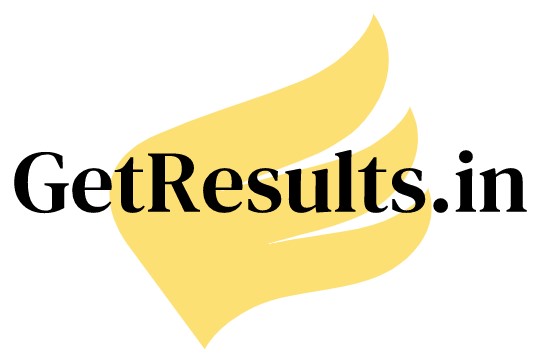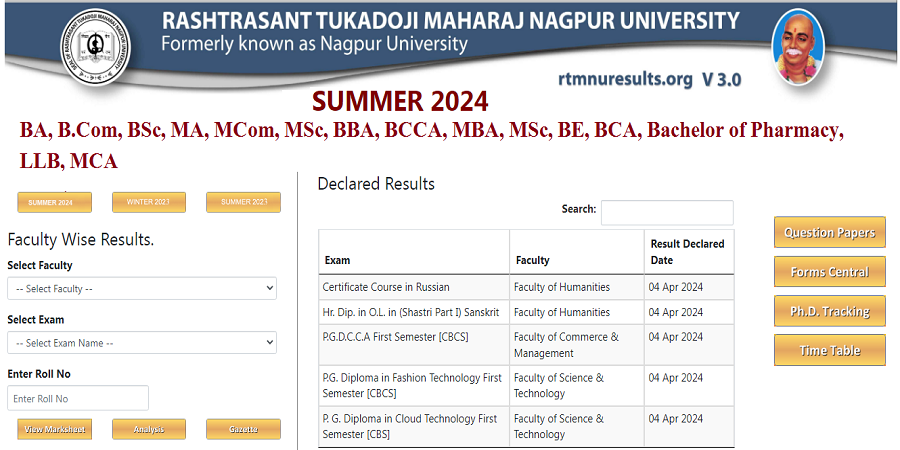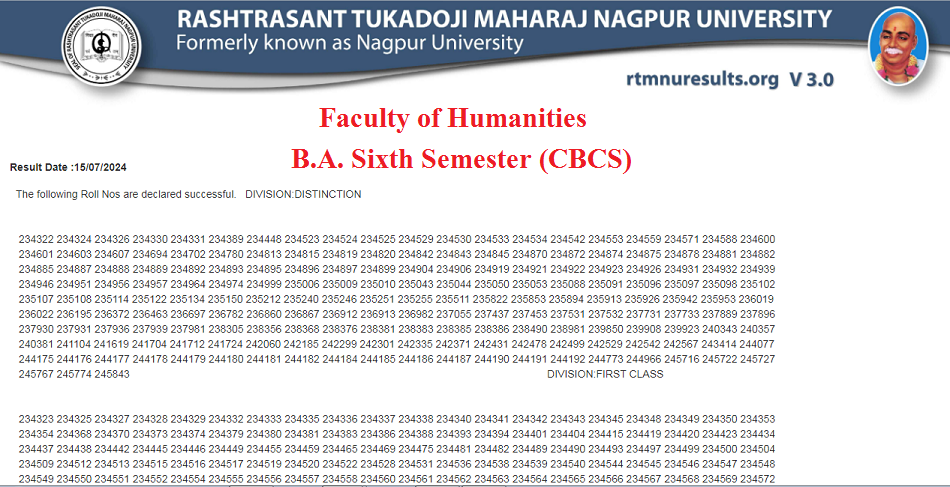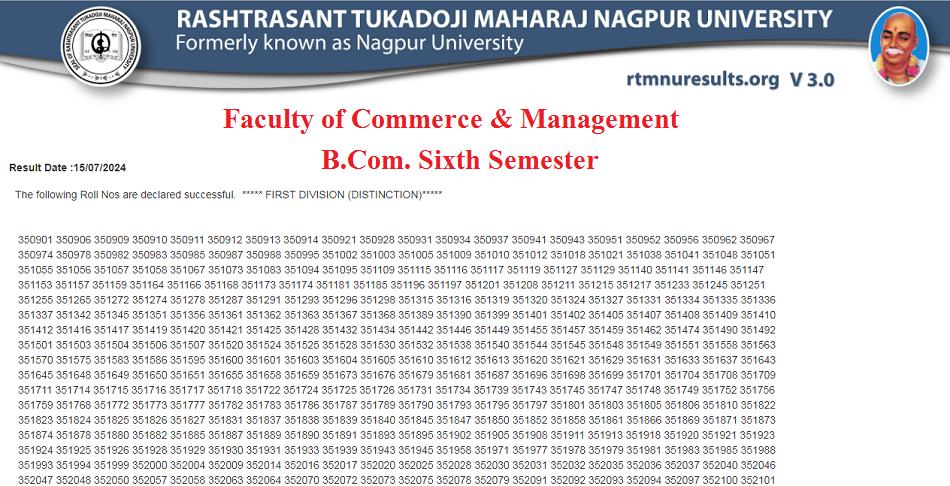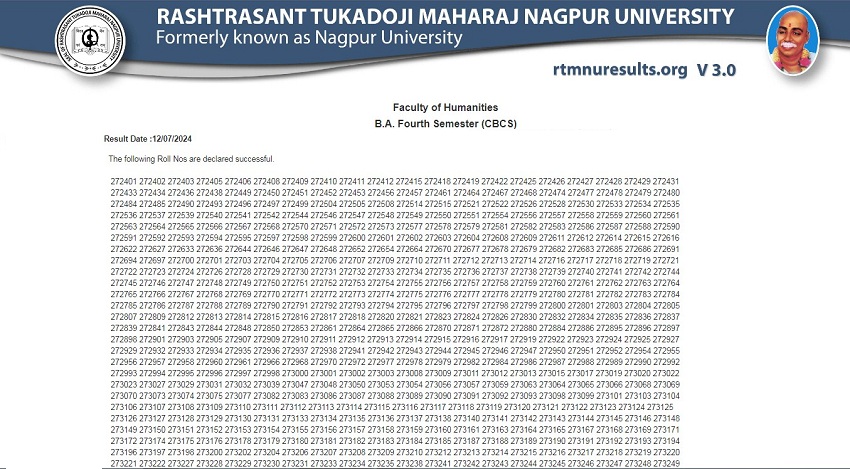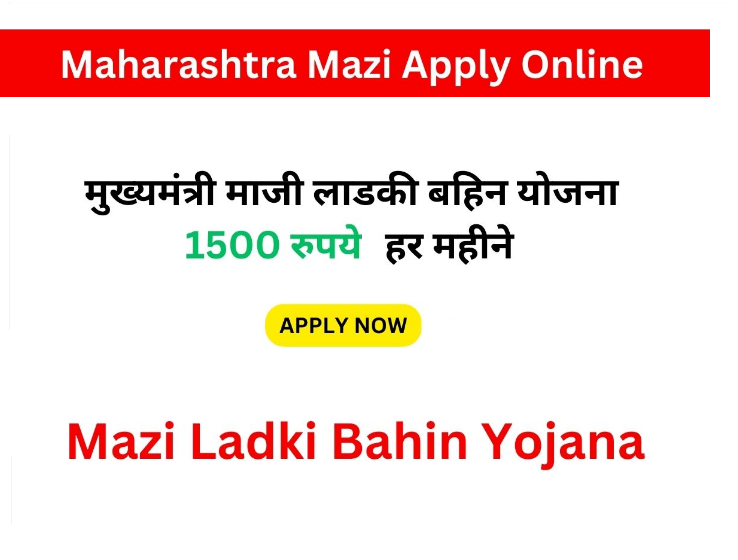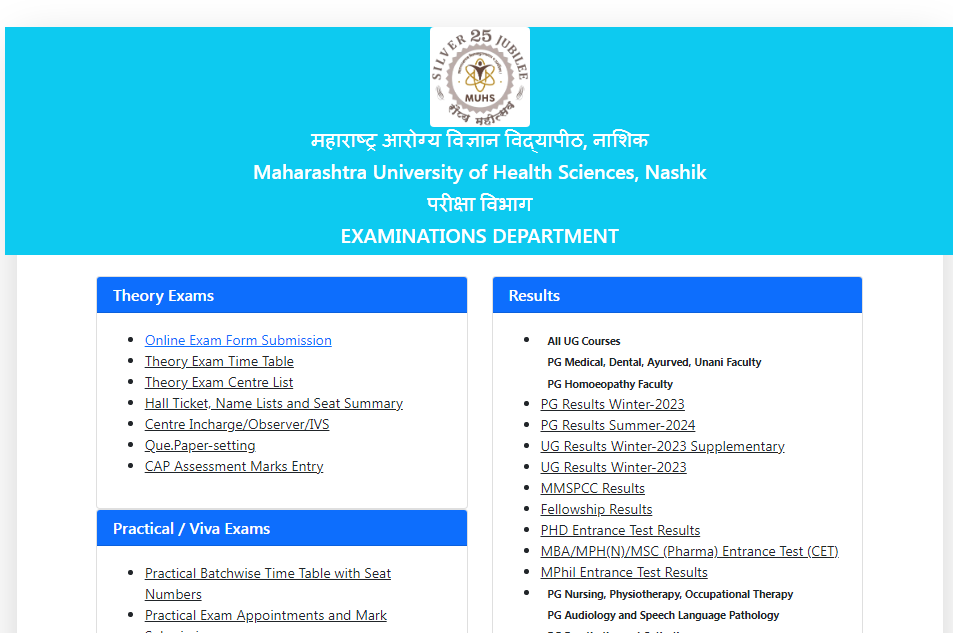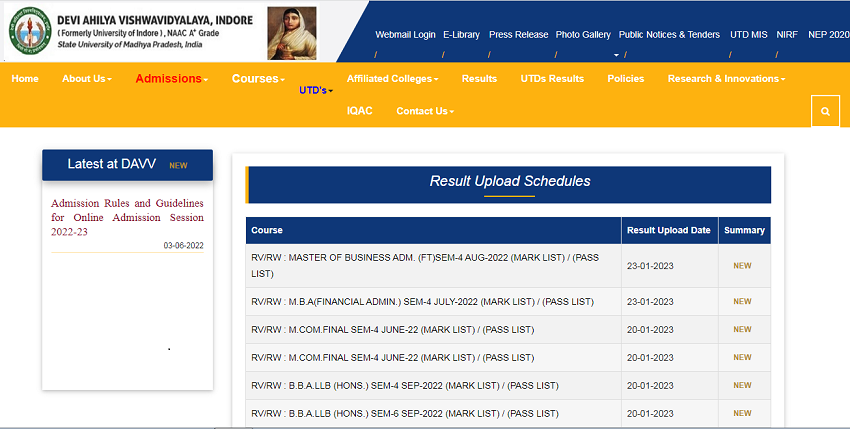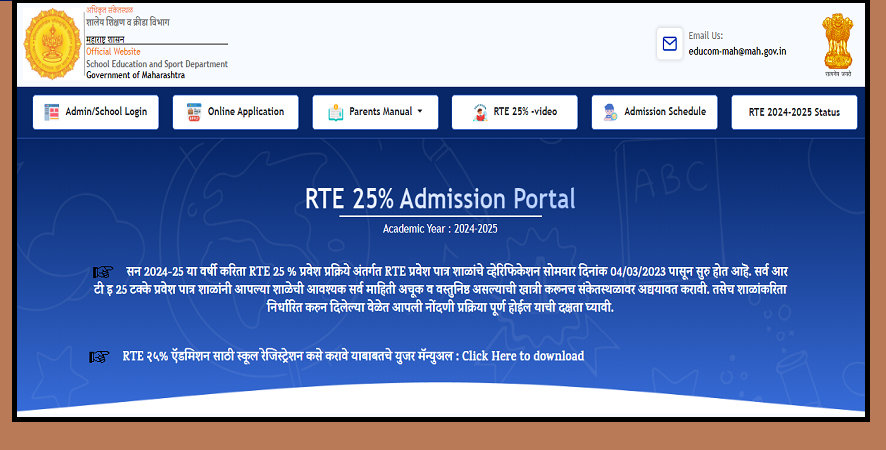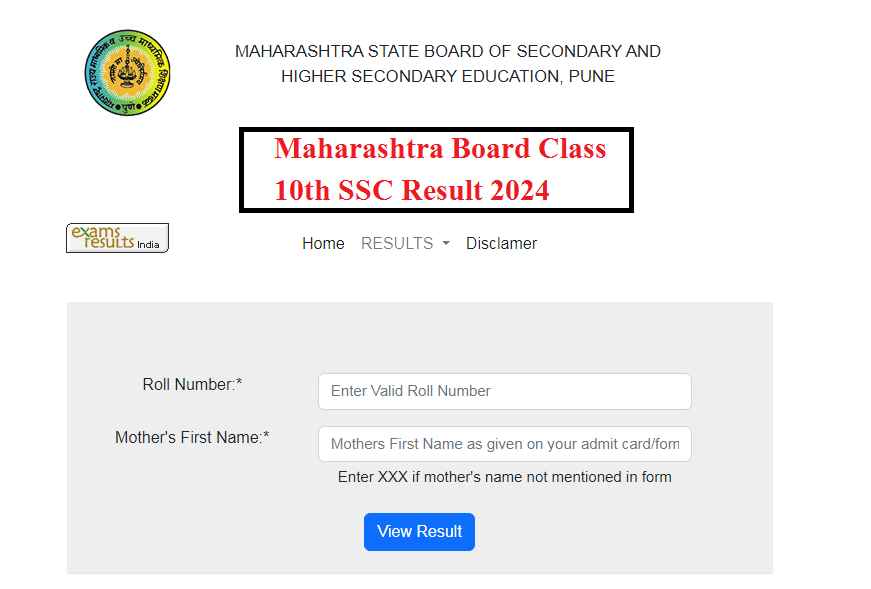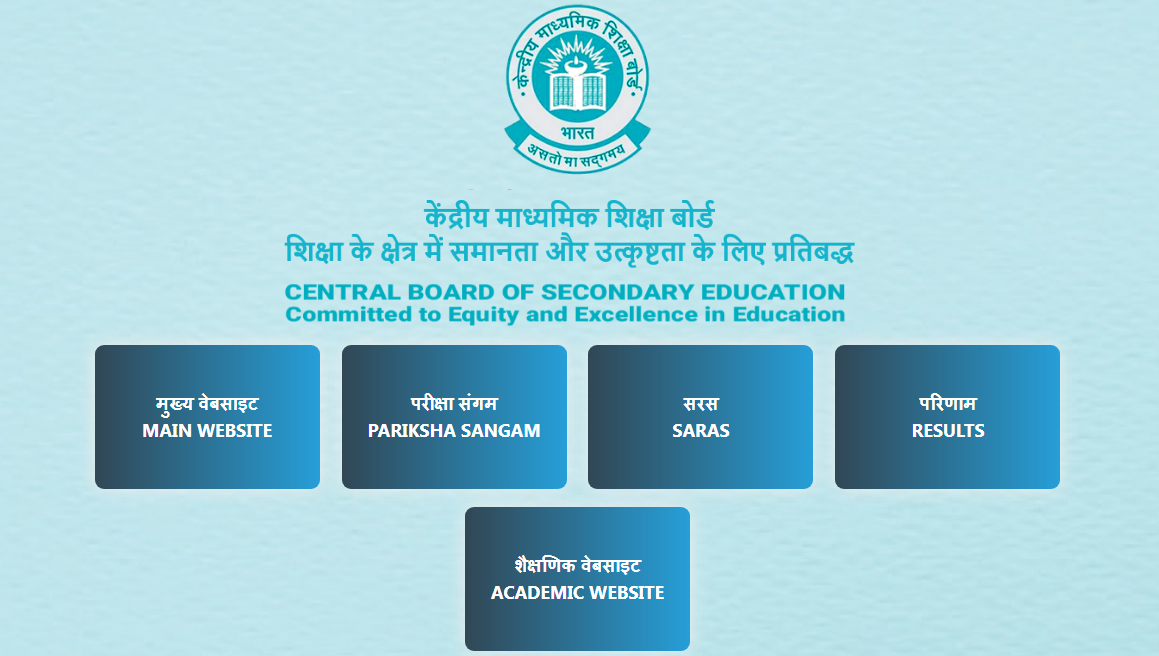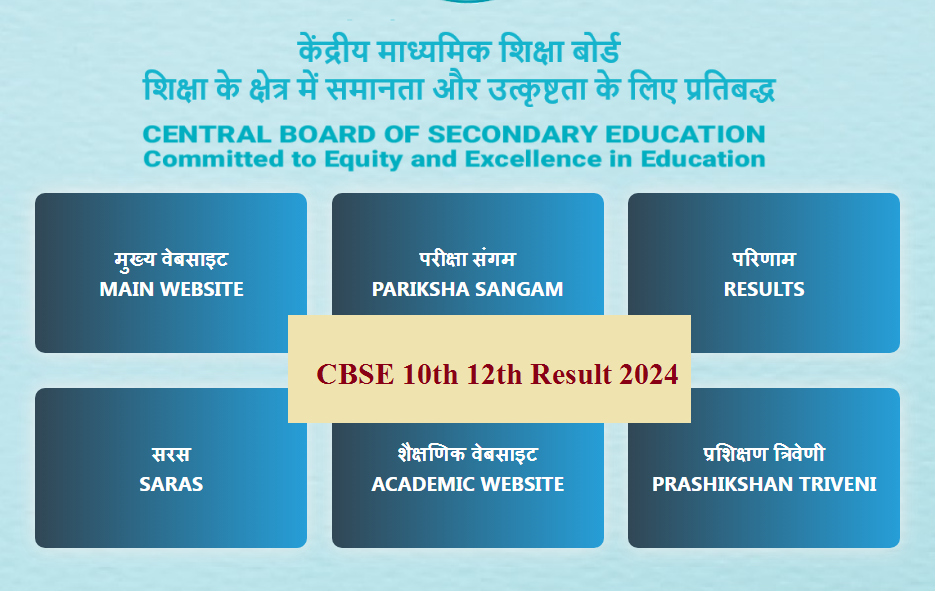RTMNU Revised BE Sem 1 Syllabus 2021
RTMNU Revised BE Sem 1 Syllabus 2021
RTMNU BE Revised Sem 1 Syllabus 2020-21 | Nagpur University BE Syllabus Part 1| RTMNU First Year BE Syllabus
Nagpur University New Syllabus 2021 is available for Downloading. The latest RTMNU Revised BE Sem 1 Syllabus 2021 is published by Nagpur University. The students looking for this syllabus can Download the PDF Syllabus from given respective Links. We keep adding More details about this Syllabus on this page. We given below the Details updated new syllabus. Students of RTMNU are requested to go though the detail syllabus. You can also download the PDF of syllabus from given link. For More updates keep visiting us.
RTM Nagpur University Revised B.E Sem 1 Syllabus 2021 -RTM Nagpur University B.E First Semester New Revised Syllabus is given below for Downloading. The students can Download the respective Syllabus from following given details. Just go through the given links & read the given syllabus carefully. Nagpur University First Year New Semester Online Detail syllabus given below.
RTMNU Revised BE Sem 1 Syllabus 2021
B.E. (First Semester)
Applied Mathematics – I (BESI-1)
UNIT- I: Differential Calculus: (12 Hrs)
Successive Differentiation, Taylor‟s & Maclaurin‟s series for one variable, indeterminate forms, Curvature and Radius of curvature, Circle of Curvature.
UNIT- II: Partial Differentiation: (12 Hrs)
Functions of several variables, First and Higher order derivatives, Euler‟s theorem , Chain rule and total differential coefficient, Jaccobians, Taylor‟s & Maclaurin‟s series for two variables, Maxima & Minima of functions of two variables, Langrage‟s method of undetermined multipliers.
UNIT – III: Matrices (06 Hrs)
Matrix, Inverse of Matrix by adjoint method, Inverse by Partitioning method, Solution of system of linear equations, Rank of Matrix, Consistency of linear system of equations
UNIT – IV: First Order Differential Equations (10 Hrs)
First order& first degree differential equations: Linear, Reducible to linear & Exact differential equations (excluding the case of I. F.).
First order& higher degree differential equations
Application of First order& first degree differential equations to simple electrical circuits
UNIT – V: Higher Order Differential Equations
Higher order differential equations with constant coefficients, P. I. by method of Variation of parameters, Cauchy„s & Legendres‟s homogeneous differential equations, Simultaneous differential equations, Differential equations of the type

.Applications of differential equations to Oscillations of a Spring, Oscillatory Electrical Circuits, Deflection of
Beams.
UNIT – VI: Complex Numbers (06 Hrs)
Cartesian & Polar forms of Complex Numbers, Geometrical representation of fundamental operations on complex numbers, De Moivre‟s theorem, Hyperbolic functions and their inverse, Logarithm of complex number, Separation of real and imaginary parts.
Books Recommended:
1. Higher Engineering Mathematics by B. S. Grewal
2. Applied Mathematics Volume I & II, by J. N. Wartikar
3. Textbook of Engineering Mathematics by Bali, Iyenger (Laxmi Prakashan)
RTMNU Revised BE Sem 1 Syllabus 2021
Engineering Physics (BESI-2T)
Unit – I: Quantum Mechanics (10 Hrs)
Plank‟s Hypothesis, Properties of Photons, Compton Effect ,Wave – particle duality, De-Broglie Hypothesis, Matter Waves ,Davisson – Germer Experiment; Bohr‟s Quantization condition.
Unit – II: Wave Packet & Wave Equations (10 Hrs)
Concept of Group and phase velocities, Wave packet, Heisenberg‟s uncertainty principle, Thought experiment on single slit electron diffraction, Wave function and its probability interpretation, Schrödinger‟s Time dependent & time independent equations, Solution of Schrödinger‟s equation for one dimensional infinite potential well, Barrier Tunneling.
Unit – III: Crystal Structure (08 Hrs)
Crystal structure, Meaning of lattice and basis, Unit cell: primitive and non primitive unit cell; Cubic crystal structure: Body and Face centered cubic structures, SC, BCC and FCC unit cells. Unit cell characteristics: Effective number of atoms per unit cell, atomic radius, nearest neighbor distance, coordination number, atomic packing fraction, void space, density; Crystal planes and Miller indices, Inter-planar distance between adjacent planes, Bragg‟s law of X-ray diffraction, Tetrahedral and octahedral voids.
Unit – IV: Semiconductor Physics (12 Hrs)
Qualitative idea on the formation of electron energy bands in solids, Band-theory based classification of solids into insulators, semiconductors and conductors, Fermi-Dirac distribution Function, Intrinsic semiconductors: Germanium and silicon; Fermi- energy, Typical energy band diagram of an intrinsic semi-conductor, Doping and Extrinsic semiconductors, Current conduction in semiconductors.
PN- junction diode; Unbiased, Forward baised & Reverse biased mode with Energy band diagram reference, Diode rectifier equation, Bipolar Transistor action, Hall effect, Hall coefficient & Hall Angle, V-I characteristics of i) Tunnel diode, ii) Zener diode iii) LED.
Books Recommended:
Text Books:
Fundamentals of Physics: David Halliday, Robert Resnick and Jerle Walker, (John-Wiley India, 8e, extended)
Electronic Engineering Materials and Devices: John Allision, (TMH edition, 10th reprint)
Engineering Physics:M. N. Avadhanulu, (S. Chand & Co.)
Concepts of Modern Physics: Baiser (Tata McGraw Hill).
Reference Books:
University Physics:Young and Freedman(Pearson Education)
Solid State Physics: C. Kittel
Solid State Physics: R.L. Singhal
Quantum Mechanics: Schiff
Engineering Physics (BESI-2P)
Teaching Scheme Examination Scheme
Practical: 2 Hours / Week Practical
List of Experiments in Engineering Physics:
1. Elementary analytical techniques: Method of linear least squares fit to the experimental data, error estimation, calculations involving idea of significant figures.
2. Determination of band gap (A thermistor or p-n junction diode may be used.)
3. V-I characteristics of Semiconductor diodes.
4. V-I characteristics of Zener diodes.
5. Input, output and current transfer characteristics of PNP/NAN transistor in CB and CE mode.
6. Study of Hall Effect.
7. Variation of Hall coefficient (RH) with temperature.
8. V-I Characteristics of Tunnel Diode.
9. Study of LED.
10. Study of Diode as a rectifier.
Note: Performance of at least six experiments is compulsory in a semester.
RTMNU Revised BE Sem 1 Syllabus 2021
Engineering Chemistry (BESI-3T)
Unit – I: Water Technology (12 Hrs)
Hardness of water and types of hardness
Domestic water treatment: Brief discussion of coagulation and sterilization using UV. Ozone, chlorine, Break point chlorination.
Softening of water-principle, reactions, advantages, limitations and Comparison of – Lime-Soda process, Zeolite process, and de-mineralization process.
Boiler Troubles-(causes, effect on boiler operation and methods of prevention) – Carry over-priming and foaming; Scales and sludges, caustic embrittlement, boiler corrosion; internal conditioning-phosphate, carbonate, calgon conditioning.
Numericals based on lime-soda and Zeolite process.
Desalination-using electro dialysis and reverse osmosis processes.
Waste water treatment (introduction and importance) – Brief idea about tertiary treatment methods.
Unit – II: Corrosion Science (10 Hrs)
Introduction, Causes and Consequence of corrosion, brief idea about electrochemical & galvanic series, Factors influencing corrosion) Nature of metal b) Nature of environment, Chemical and electrochemical corrosion, Mechanisms of electrochemical corrosion; Pilling Bed worth rule; Differential aeration theory of corrosion.
Types of Corrosion – Pitting, inter granular, stress, waterline and galvanic corrosion.
Corrosion Prevention – a) Design and material selection b) Cathodic and anodic protection, c) Protective surface coatings- tinning, galvanizing and powder coating, metal cladding and electroplating.
Unit – III: Construction Materials (08 Hrs)
Cement: Portland cement – Raw material, Dry and wet process of manufacture, Proportion and role of microscopic constituents, Additives of cement ,Setting and hardening of cement; heat of hydration, soundness; Types of cement ( characteristics & applications ) – White, High alumina, Low heat ,Rapid hardening cement, Ready Mix Concrete, fly ash as cementing material( properties, advantages, limitations & application)
Unit – IV: Green Chemistry and Battery Technology (10 Hrs)
Green Chemistry: Introduction, Principles and significance, industrial application (supercritical fluids as Solvents, Example-super critical CO2 ), Biocatalysis and concept of carbon credits.
Battery Technology: Types of batteries, primary, secondary and reverse batteries, important definition-energy density, power density.
a) Secondary Battery: Lithium ion, Nickel-Cadmium b) Fuel cell application, advantages and limitation (Example: Alkaline fuel Cell).
Books Recommended:
Text Books:
1. Text Book of Engineering Chemistry: S.S. Dara, S. Chand and Company Ltd. New Delhi.
2. Engineering Chemistry: Arty Dixit Dr. Kirtiwardhan Dixit, Harivansh Prakashan, Chandrapur.
3. Textbook of Engineering Chemistry: P.C. Jain and Monica Jain, Dhanpat Rai and Sons, New Delhi.
4. Textbook of Engineering Chemistry: S.N. Narkhede, R.T. Jadhav, AB. Bhake, A.U. Zadgaonkar, Das Ganu Prakashan, Nagpur.
5. Applied Chemistry: A.V. Bharati and Walekar, Tech Max Publications, Pune.
Reference Books:
1. A Text book of Engineering Chemistry : Shashi Chawla; Dhanpat Rai & Sons, New Delhi.
2. A textbook of Polymer Science : Fred, Billmeyer Jr. ,Wiley India Third edition.
3. Applied Chemistry by N. Krishnamurthy:P. Vallinavagam. And K. Jeysubramanian TMH
4. Applied Chemistry for Engineers : T.S. Gyngell.
5. Chemistry of Advanced Materials : CNR Rao, Rsc Publication. 6. Chemistry of Engineering Materials: Robert B Leighou Mc Graw – Hill Book Company, Inc New York
7. Engineering Materials: Kenneth G Budinski (Prentice – Hall of India)
8. Fuels and Combustion by Amir Circar, Orient Longmans
9. Fundamentals of Engineering Chemistry (Theory and Practice) :S. K. Singh (New Age Materials
10. Materials Science and Engineering an Introduction, William D. Callister, (Jr. Wiley publisher).
11. Fundamentals of Corrosion : Michael Henthorne, Chemical Engineering.
12. Water Treatment : F. I. Bilane, Mir publisher
Engineering Chemistry (BESI-3P)
(Total Credits: 01)
Teaching Scheme Examination Scheme
Practical: 2 Hours / Week Practical
List of Experiments-Any Eight experiments should be performed out of the following :
1. Determination of temporary and permanent hardness of water by complexometry method.
2. To estimate the amount of Ni+2 ions in a given solution by complexometric method.
3. Estimation of Free chlorine in the water by iodometry.
4. Type and extent of alkalinity by Warder‟s method.
5. Estimation of dissolved oxygen in a water sample.
6. Determination of capacity of anion exchange resin.
7. Determination of capacity of cation exchange resin.
8. Determination of Copper by lodometry
9. To estimate the amount of ferrous and ferric ions present in the given solution or from ore.
10. Determination of hardness of water due to calcium and magnesium ions separately.
11. Determination of heat of neutralization.
12. Determination on rate of corrosion by weight loss by corrossometer.
13. Study of charging of lead acetate battery by measuring density of sulphuric acid electrolyte.
14. Determination of pH of waste water.
15. Verification of Beers Law.
16. Determination COD in waste water.
Laboratory Manual:
1. Applied Chemistry theory and practical O.P. Virmani and A.K.Narular (New Age International).
2. Laboratory Manual on Engineering Chemistry by Dr. Subdharani (Dhanpat Rai Publishing)
3. A Textbook on experiment and calculation in engineering chemistry by S.S. Dara S.Chand
4. Inorganic quantitative analysis, Vogel. (Prentice Hall).
RTMNU Revised BE Sem 1 Syllabus 2021
Basic Electrical Engineering (BESI- 4T)
Unit – I: Electric Circuits (10Hrs)
EMF, Potential difference, current, power, Energy (Definition & Units SI), Ohms Law, types of sources (Current & Voltage), Ideal and Practical Sources (Independent Sources only), Source Conversion, Superposition theorem with DC source.
Circuit element resistance, factors affecting resistance, series & parallel combination of resistances, Kirchhoff‟s Laws (KVL, KCL) statement & Numerical, star Delta transformation, Circuit Element Inductance, Self and Mutual Inductance, Circuit Element Capacitance.
Unit – II: Magnetic Circuits (8Hrs)
Types of Magnetic Materials, flux, flux density, flux intensity, MMF, reluctance, permanence, permeability, analogous electric circuit, calculation for composite magnetic circuit, concept of leakage flux and fringing, B-H curve, phenomena of magnetic hysteresis.
Unit – III: AC Circuits (12Hrs)
Generation of single phase voltage, average and RMS value for sinusoidal waveform, periodic function, phasor representation of sinusoidal electrical quantities, steady state behavior of RLC circuit with excitation, reactance, impedance, power and energy in AC circuit, simple numerical on series and parallel AC circuit, concept and importance of power factor, resonance in series circuits.
Principal of Generation of three phase voltage, Phase sequence, Star & Delta Connected three phase system, Voltage, Current & Power relations for Balanced three phase system only (With numericals).
Unit – IV :Single Phase Transformer (10Hrs)
Basic construction of Transformer (core & shell type), Principle of operation, EMF equation, Transformer ratings, No load & On load operation with leakage reactance, losses, efficiency, Definition & formula for voltage regulation, OC & SC test, equivalent circuit of the Transformer.
Books Recommended:
1) Basic Electrical Engineering: D.C. Kulshreshtha,Revised 1st edition, Tata Mc-Graw Hill Education Pvt. Ltd.
2) A Text Book of Electrical Technology: B. L. Thareja and A. K. Thareja, S. Chand Publication (Volume I, II & III).
3) Generation of Electrical Energy:B. R. Gupta 4th Edition, S Chand Publication
4) Art & Science of Utilization of Electrical Energy: H. Pratab, Third Edition, Dhanpat Rai and Sons.
5) Electric Circuits & Network: K. Suresh Kumar, Pearson Publication.
Basic Electrical Engineering (BESI-4P)
(Total Credits: 01)
Teaching Scheme Examination Scheme
Practical: 2 Hours / Week Practical
Minimum 08 experiments based on the theory.
RTMNU Revised BE Sem 1 Syllabus 2021
Basics of Civil Engineering (BESI-5T)
Unit –I: (10 Hrs)
Introduction to Civil Engineering
Introduction and scope of Civil Engineering. Role of Engineers in the infrastructure development.
General concepts related to building.
Selection of site, basic functions of buildings, types of buildings – Residential, Public, Commercial, and Industrial.
Principles of planning, orientation of buildings, introduction to bye-laws regarding building line,
Height of building, open space requirement, F.S.I., Carpet area, built up area, setbacks, ventilation.
Components of Buildings
Introduction to Types of loads on buildings.
Substructure – Types of soils; rocks and foundation strata, concept of bearing capacity, Types of
foundation and their suitability.
Superstructure –Types of construction: Load Bearing, Framed, and Composite.
Building Materials
Introduction to basic construction materials; cement, bricks, stone, aggregates, reinforcing steel,
structural glazing, structural steel; Concrete types: PCC, RCC, Prestressed, Precast and Ready Mix
Concrete.
Use of various eco- friendly materials in construction.
Unit – II: (10 Hrs)
Surveying
Various types of maps and their uses; Introduction to digital mapping; Principles of survey.
Introduction to various survey instruments such as EDM, Lasers, Total Station, and digital
planimeter. Modern survey methods.Introduction to GIS, GPS and their applications.
Transportation Engineering
Role of transportation in national development; Various modes of Transportation.
Classification of Highways: Expressways, NH, SH, MDR, ODR, VR; Types of Pavements, Traffic Signs, signals, Parking system, and Causes of Accidents.
Unit –III: (10 Hrs)
Environment and Natural Resource Management
Water supply – Sources, drinking water requirements, impurities in water and their effects;
Purification of water, modern purification processes; Standards of purified water.
Waste Management: Collection and Disposal methods of Liquid, solid and gaseous wastes.
Water Resources Engineering
Introduction to Hydraulic structures of storage; water conveyance systems;
Watershed management: Definition, Necessity and methods;
Roof top rain water harvesting and Ground water recharge: relevance and methods.
Unit –IV: (10 Hrs)
Instrumentation in Civil Engineering Structures:
Various Instruments used in construction, water resources, Environmental Engineering,
Foundation Engineering, Thermocouples, condition monitoring equipments, Half Cell
Potentiometers, Strain Gauges.
Management of Utilities using telemetry & SCADA System.
Sustainable Development:
Role of Engineers in Sustainable Development. Concept of green buildings and LEED
Certification.
[Note: Minimum 4 Assignments based on the Syllabus]
Books Recommended:
1. Elements of Civil Engineering:By S. S. Bhavikatti
2. Basic Civil Engineering:By Dr. B. C. Punmia, Ashok Kumar Jain, Arun Kumar Jain.
3. Concrete Technology:By M.S.Shetty
4. Surveying And Levelling:By Kanetkar and Kulkarni
5. Irrigation And Hydraulic Structures:By S.K.Garg 6. Water Supply And Sanitary Engineering: Including Environmental Engineering, Water And Air Pollution Laws And Ecology:By G. S. Birdie, J. S. Birdie 7. Building Construction:By Sushil Kumar
8. Transportation Engineering:By Khanna & Justo
9. Building Drawing Design:By Shah and Kale
10. Construction Planning ,Equipments And Methods:Robert Peurifoy, Clifford J. Schexnayder, Aviad Shapira and Robert Schmitt
RTMNU Revised BE Sem 1 Syllabus 2021
Engineering Graphics – I (BESI-6T)
UNIT – I: (08 Hrs)
Introduction to Engg. Drawing & Curves used in Engineering Practice
Introduction , Use of various drawing instruments, lettering, Layout of drawing sheets, sizes of drawing sheets, different types of lines used in drawing practice, Dimensioning – linear, angular, aligned system, unidirectional system, parallel dimensioning, chain dimensioning, location dimension and size dimension. Introduction to scales & scale factor (RF).
Conic sections – Ellipse, Parabola, Hyperbola, (No Directrix – Focus Method), Cycloid, Involute & Archimedean Spiral.
Basics of Orthographic Projections
Basic principles of orthographic projection, reference planes, concepts of four quadrants, methods of orthographic projections – First angle projections, Third angle projections, conventions used to represent methods of orthographic projection.
Projections of Points and Lines
Projections of points in all possible positions w.r.t. reference planes, projections of lines when it is perpendicular to one of the reference planes, when line is inclined to one & parallel to other reference plane, lines inclined to both reference planes. (Lines in First Quadrant Only), simple problems on straight lines.
UNIT – II (08 Hrs)
Projections of Planes
Projection of planes when it is parallel to one of the reference planes, lying in reference plane, when it is perpendicular to one & inclined to other reference plane, when it is inclined to both reference planes.
Use of Auxiliary Plane method for solving the problems.
Projections of Solids
Projections of solids when axis is perpendicular to one of the reference planes , when axis is inclined to one & parallel to other reference plane, when axis is inclined to both the reference planes, projections of cube, right regular prisms, right regular pyramids, right circular cylinder, right circular cone, tetrahedron.
UNIT – III (07 Hrs)
Orthographic Projections
Conversion of pictorial view into orthographic views.
UNIT – IV ( 07 Hrs)
Isometric Projections
Definition of Isometric view/projection, Isometric scale to draw Isometric projection, Non-Isometric lines, construction of Isometric view from given orthographic views and to construct Isometric view of combined two simple solids (axes vertical & coinciding) such as Cube, Pyramid, Prism, Cone, Cylinder & Sphere.
(NOTE – ONLY FIRST ANGLE METHOD OF PROJECTIONS SHOULD BE USED)
Books Recommended:
Text Books:
1. N.D. Bhatt: Elementary Engineering Drawing, Charotor Publishing house, Anand, India.
2. A. R. Bapat: Engineering Graphics, Allied Publishers, New Delhi
3. D. N. Johle,:Engineering Drawing, Tata Mcgraw-hill Publishing Co. Ltd.
4. M.B. Shah:B.C. Rana, Engineering Drawing, Pearson
5. Pakhatkar:Engg. Drawing, Nirali Prakashan.
6. P J. Shah:Text Book of Engineering Drawing,S Chand & Publications
Reference Books:
1. P.S. Gill: Engineering Graphics.
2. Luzadder Warren J, Duff John: Fundamentals of Engineering Drawing,PHI Publications
3. N.D. Bhatt: Machine Drawing, Charotor Publishing house, Anand, India.
Engineering Graphics – I ( BESI-6P)
(Total Credits: 01)
Teaching Scheme Examination Scheme
Practical: 2 Hours / Week Practical
PRACTICALS:
SIX A2 (594X420mm) (Half imperial) size drawing sheets as detailed below:
Sheet No. 1 : Curves
To draw any four curves mentioned in the syllabus.
Sheet No. 2 : Projection of Lines (Minimum four problems)
Sheet No. 3 : Projection of Planes (Minimum four problems)
Sheet No. 4 : Projections of solids (Minimum four problems)
Sheet No. 5 : Orthographic Views
To draw orthographic views from given pictorial view (Minimum four problems. Two
of which should be free hand sketching)
Sheet No. 6 : Isometric Views/Projection
Two problems each on Isometric views & Isometric projections.
Books Recommended:
Text Books:
7. N.D. Bhatt: Elementary Engineering Drawing, Charotor Publishing house, Anand, India.
8. A. R. Bapat: Engineering Graphics, Allied Publishers, New Delhi
9. D. N. Johle,:Engineering Drawing, Tata Mcgraw-hill Publishing Co. Ltd.
10. M.B. Shah:B.C. Rana, Engineering Drawing, Pearson
11. Pakhatkar:Engg. Drawing, Nirali Prakashan.
12. P J. Shah:Text Book of Engineering Drawing,S Chand & Publications
Reference Books:
1. P.S. Gill: Engineering Graphics.
2. Luzadder Warren J, Duff John: Fundamentals of Engineering Drawing,PHI Publications
3. N.D. Bhatt: Machine Drawing, Charotor Publishing house, Anand, India.
Communication Skill (BESI-7)
Following points are to be covered while demonstration of Communication Skill Practicals:
a) Practical and practice of letter writing: Business, Job and Bank Correspondence.
b) Technical Report Writing.
c) Grammar:
1. Correction of Common Error
2. Exercise on rewrite as directed
3. Correct use of words, idioms, phrases, prepositions etc.
d)
1. Principles of Public Speaking
2. Reading Comprehension
e)
1. Professional Communication Skill
(Meaning, Significance, Types, Dimensions & Barriers)
2. Group Discussion (GD) and Personal Interview (PI)
(Importance of GD, Modules of GD, How to prepare for GD; Meaning, Types & Techniques
of PI, How to prepare for PI)
Communication Skills Practicals
Books Recommended:
1. Public Speaking and Influencing Men in Business: Dale Carnegie.
2. Professional Communication Skills: Bhatia and Sheikh.
3. Business Communication: K. K. Sinha.
4. Communication Skills: Dr. P. Prasad.
5. Technical Communication: Raman and Sharma.
6. High School Grammar and Composition: Wren and Martin.
7. Modern English Grammar Usage and Composition: N. Krishnaswami.
